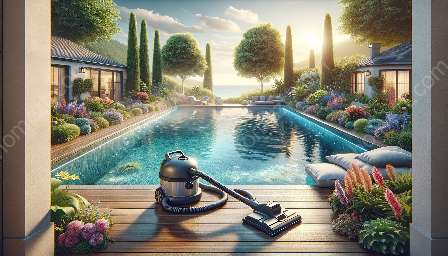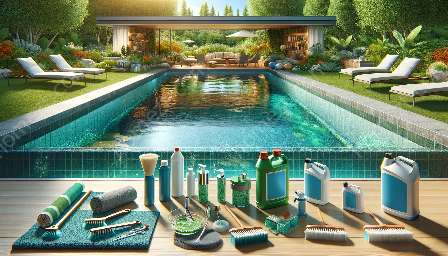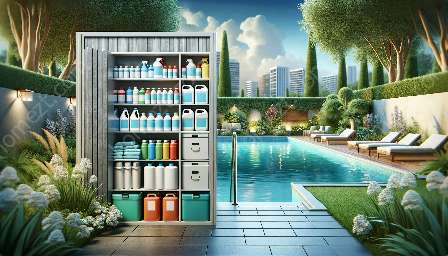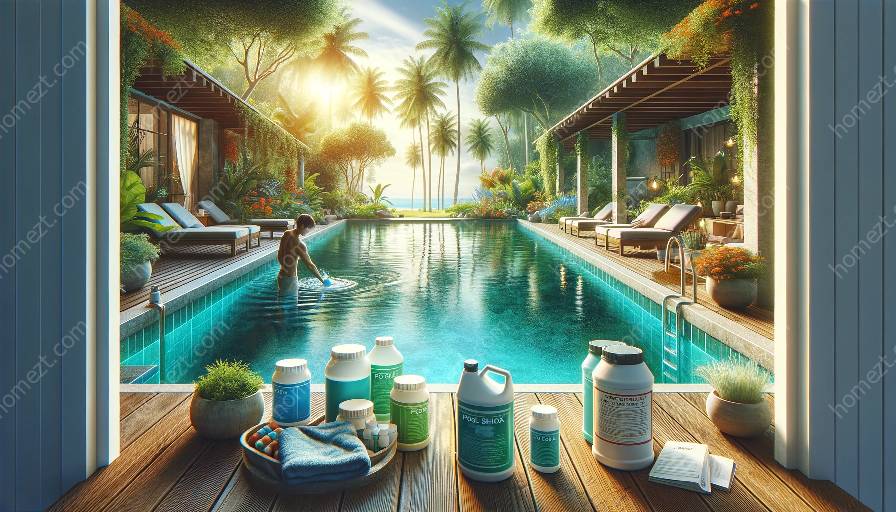Have you ever wondered about the best way to maintain your swimming pool or spa? Whether you're a pool owner or a professional, understanding pool shock procedures is essential for ensuring clean and safe water. In this comprehensive guide, we'll delve into the details of pool shock treatments, the steps involved, their compatibility with pool cleaning, and effective practices for maintaining swimming pools and spas.
Understanding Pool Shocking
Pool shock procedures, also known as super chlorination, are an essential part of maintaining a healthy swimming pool or spa. It involves raising the chlorine levels in the water to effectively kill bacteria, algae, and other harmful microorganisms. Additionally, shocking the pool helps to eliminate organic contaminants and restore chlorine's effectiveness.
Why Pool Shocking Matters
Regular pool shock treatments are crucial for preventing the buildup of chloramines, which can cause eye and skin irritation, as well as an unpleasant chlorine smell. By removing these contaminants, pool shock procedures contribute to a cleaner and more enjoyable swimming experience.
Compatibility with Pool Cleaning
Pool shock procedures work in tandem with pool cleaning practices to maintain water clarity and hygiene. While pool cleaning involves skimming, vacuuming, and scrubbing the pool surfaces, shock treatments address the invisible contaminants that may be present in the water. Combining these two practices ensures a well-maintained pool that is both visually appealing and safe for use.
Step-by-Step Guide to Pool Shocking
Now, let's explore a step-by-step approach to pool shock procedures that is compatible with overall pool cleaning. These instructions can help both novice and experienced pool owners maintain their swimming pools and spas effectively:
- Test the Water: Begin by testing the water's pH and chlorine levels using reliable test strips or a liquid testing kit. This will provide insight into the current state of the water and help determine the amount of shock treatment needed.
- Choose the Right Shock Product: There are various types of pool shock products available, such as calcium hypochlorite, sodium dichlor, and non-chlorine shock. Select a product compatible with your pool's needs and follow the manufacturer's instructions for dosage.
- Prepare and Apply the Shock: Dilute the shock product in a bucket of water according to the manufacturer's instructions. Slowly pour the diluted shock solution around the pool's perimeter, ensuring even distribution.
- Wait and Test Again: Allow the shock treatment to circulate in the water for the recommended duration. Afterward, retest the water to confirm that the chlorine levels have returned to the acceptable range for swimming.
- Resume Normal Pool Operation: Once the water's chlorine levels have stabilized, your pool is ready to use as usual. Consider adding a maintenance dose of algaecide or clarifier to further enhance water quality after shocking.
Maintaining Swimming Pools & Spas
Alongside shock procedures and general pool cleaning, maintaining swimming pools and spas involves several ongoing practices. These include regular filter maintenance, water circulation, and ensuring appropriate water chemistry. By combining these efforts, pool and spa owners can enjoy clean and inviting water year-round.





























